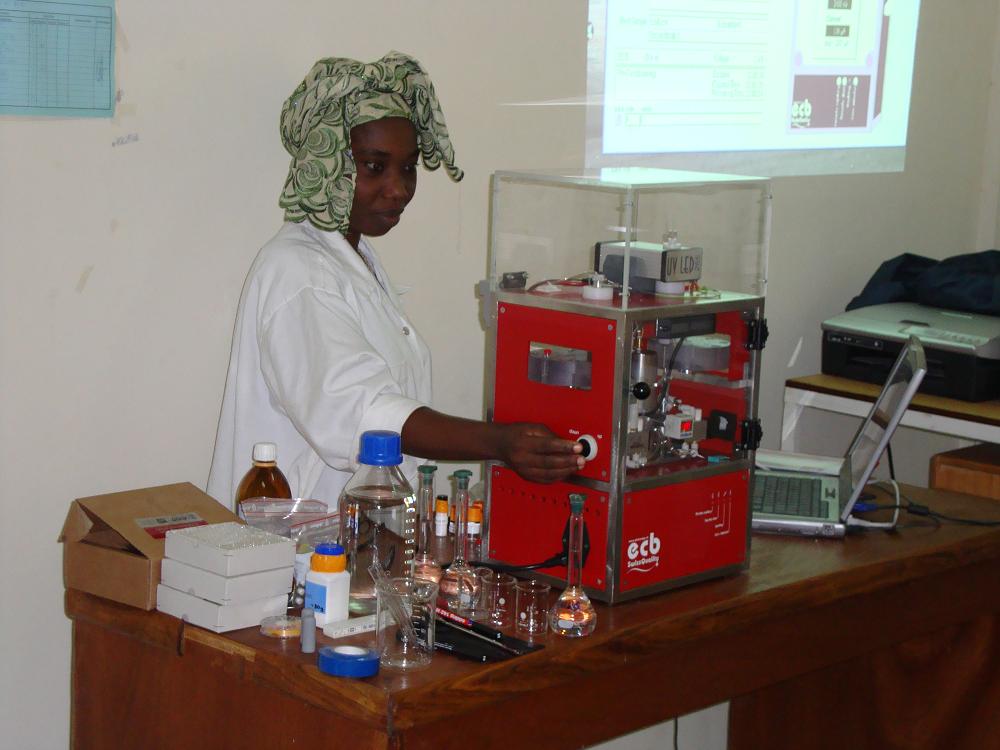A machine can tell if drugs are fake


A professor at Geneva University's School of Pharmaceutical Sciences has invented a low cost machine that can detect weakened or counterfeit drugs, potentially easing a worldwide health scourge.
The machine and its creator, Serge Rudaz, an associate professor at the school, were featured in an article written by Fast Company's Ben Schiller yesterday. Rudaz produced the machine for a fraction of what commercial equipment costs, and is distributing them to health centers in the developing world with the help of his NGO, Pharmelp. Commercial vendors wouldn't make any money on it, Rudaz noted in his interview.
Weakened or counterfeit pharmaceuticals risk lives and human health, and as many as 100,000 people die every year as a result, the American Enterprise Institute estimates. The threat exists primarily in the developing world, but the health consequences of the illicit drug trade could eventually impact anyone anywhere.
Weakened drugs "feed" disease, and have contributed to resistance among deadly microorganisms that cause diseases such as malaria, tuberculosis, and other world pandemic threats. Evidence of resistance is emerging.
The World Health Organization (WHO) reports that it received over 46 reports of counterfeit drugs between January 1999 and October 2000. Around 60 percent of the fakes were located in the developing world while the rest were found in developed countries. The fraud committed in those cases spanned 20 different countries.
Last year, the U.S. Food and Drug Administration identified a counterfeit batch of the cancer drug Avastin that was being distributed across the country - despite its relatively secure domestic drug supply chain. The fake Avastin was shipped to the U.S. from the U.K., underscoring how counterfeiting is truly a global problem.
Global sales of impure drugs were estimated to be around $200 billion in late 2012, according to Forbes. There's a lot of profit to be made - it's done across just about any category of drug, and the cost of producing fakes is low because they're primarily made up of cheap fillers including brick dust, chalk, paint, and even pesticides.
Fighting the trade sounds like an uphill battle, and that's because it is. Rudaz told Fast Company that "drug mafias" were involved in the smuggling, and that it would be virtually impossible to completely stamp it out. However, he hopes that his machine will help make detecting counterfeits just a "problem of analytics."
I'm left wondering how quickly drug companies will act to fund Pharmelp.
(image credits: pharmelp; Be.Futureproof, Flickr)
Related on SmartPlanet:
This post was originally published on Smartplanet.com